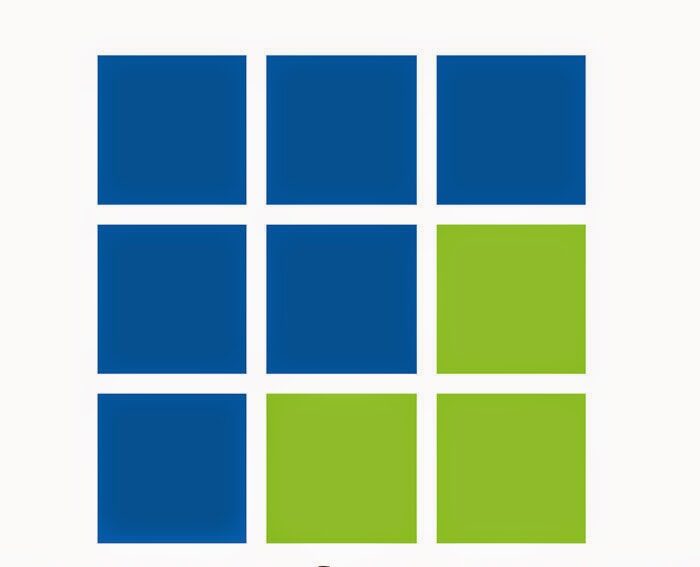
Guest Post by Rob Stipek of Fisher/Unitech
For most in the manufacturing industry, the driving factors for change are getting a project done faster, cheaper, and with improved quality. This is where additive manufacturing or 3D printing has really begun to find its niche with manufacturers and streamlining production floor tooling.
Modern industrial 3D printers provide a wide range of printer sizes and strong durable materials that manufacturers are applying more and more for making production floor tools.
Jigs, fixtures, templates, and gauges are a lot like the players in a basketball game. When everything is great you don’t really see how important each one is, but their significance becomes very evident when problems arise.
Manufacturing relies on tools to maintain consistent quality and ensure production efficiency. Traditional methods for the production of manufacturing tools can be expensive and time-consuming. This limits the amount of tools on the floor and slows down production when a tool is not functioning properly.
3D Printing saves automotive manufacturers time & money
Having a professional 3D printer can allow a manufacturer to produce tools in-house, easily optimize designs and increase the number of tools on the production floor. Engineers are also able to evaluate tool performance and make quick, cost-efficient adjustments to the design as needed.
Because 3D printing is the process of adding layers of plastic to a tool until it’s completed, you can exponentially expand the range of design options available compared to a CNC-machined tool.
Labor and time involved in learning how to utilize a new technology is a major factor for implementation in any shop.
Short learning curve means easy implementation on production floor
Fortunately, 3D printing is an easy-to-utilize technology. The learning curve is low. If you have your CAD geometry available for jigs, fixtures, templates or gauges it’s as easy as making a few mouse clicks and sending the design to a 2D printer.
Users can print one or more tools at the same time. Generally, printing a new 3D part takes only a few hours, giving workers the most up-to-date, accurate tools available almost instantly.
Another benefit of an in-house 3D tool printing system is reduced worker fatigue. Fused Deposition Modeling (FDM) or Polyjet plastic materials have far less weight than traditional metal CNC tools and yet similar performance.
The types of manufacturers currently using in-house 3D printers for tool production range from automotive suppliers to medical device producers and many others.
About Fisher Unitech
FISHER UNITECH is a provider of IT solutions to the discrete manufacturing industry. Specializing in software and hardware solutions for industrial and computer-aided design, manufacturing, design automation, and more. Headquartered in Troy, Michigan, they have locations in Ohio, Indiana, Illinois, Pennsylvania, Missouri, Massachusetts and Rhode Island. Fisher/Unitech is a leading reseller of the Solidworks family of 3D printers and tools for use on the production floor. FISHER/UNITECH is located at 1150 Stephenson Hwy. Troy, MI 48083.
For more information about the latest 3D Printing machines to print production-floor quality tooling and parts contact Rob Stipek, Rapid Technology Marketing Specialist at 248-577-5100 x7130 or visit www.funtech.com.
